Obviously, your cat's breed is not the only factor to consider when determining its nutritional needs and daily ration calculation. However, it is a good idea to consult the breeder and your veterinarian about any dietary peculiarities related to the breed.
For example, the Bengal cat struggles to digest starch, the Persian cat has a delicate stomach and will need fiber to maintain optimal digestion, while the British Shorthair may easily become overweight if it doesn’t get enough exercise.
Does breed really affect your cat’s nutritional needs?
Currently, no study has proven a significant difference in energy needs based on breed. However, it is reasonable to think that breed does play a role, especially since some breeds are predisposed to obesity while others are not.
Some breeds mature later than others, and some are prone to congenital diseases. Physical characteristics can also impact the body's thermoregulation, which could explain variations in nutritional needs.
Long-haired cat breeds seem less prone to obesity than others
A 2009 study showed that long-haired cat breeds are less prone to obesity than other breeds. Another study from 2017 even suggested that they are more likely to be underweight.
Several factors must be taken into account
But beyond your cat's breed, what’s important when considering its daily ration is, firstly, its optimal weight, secondly, its activity level (whether it has access to the outdoors or is strictly an indoor cat), its physiological status (whether it’s neutered or not), and finally, its age.
For some cat breeds that tend to gain weight easily, a 100% wet food diet (canned food or home-made food) is recommended, especially if your cat is neutered and doesn’t go outside. For other breeds, a mixed diet with mostly wet food and some dry kibble can be an option.
The nutritional needs of the Bengal
Being close to the wildcat, it has been shown that Bengal cats have more difficulty digesting starch than other cats. Therefore, it is best to offer your Bengal a diet low in carbohydrates but rich in proteins and fats.
Kibble containing high levels of carbohydrates, even grain-free varieties, should be avoided; wet food, which contains much less starch, is preferred.
For more information, feel free to check our dedicated article on Bengal cat diet.

The nutritional needs of the British Shorthair
The British Shorthair seems predisposed to obesity. This breed is robust and muscular, but if it lacks stimulation and physical activity, it can easily gain weight.
And weight gain means paying special attention to carbohydrate content in its food... Especially if your British Shorthair is neutered, you should avoid free-feeding kibble.
Instead, choose mostly wet food, distributed in several small meals, which will keep it fuller for longer.
And, most importantly, make sure to play with and exercise it. If you can’t let it outdoors, you can invest in a cat tree or a wall-mounted climbing course to keep it active.

The nutritional needs of the Chartreux
The Chartreux is also prone to weight gain. Therefore, it is best to give it a mostly wet food diet, especially if it is neutered and doesn’t have access to the outdoors.
Avoid free-feeding kibble. Also, keep in mind that kibble is 4 times more caloric than wet food, gram for gram. With wet food, your Chartreux will stay fuller for longer than with kibble, as it adds volume to its stomach with fewer calories.

The nutritional needs of the Maine Coon
The Maine Coon has higher energy needs than European cats due to its size. However, like any other cat, it needs to find quality proteins and essential amino acids (taurine, arginine, leucine, lysine...) in its food to stay healthy. Unlike other cats, it needs more protein and fatty acids to maintain its beautiful coat.
You can offer your Maine Coon a wet or mixed diet, with mostly wet food and some kibble on the side.
To learn more, check our article on the ideal diet for a Maine Coon cat.

The nutritional needs of the Norwegian Forest Cat
Like other cats, the Norwegian Forest cat requires a diet rich in animal proteins. It’s a sturdy cat, and if properly fed, it can remain healthy throughout its life.
Its diet must include many nutrients essential for the health of its coat and organs: proteins, sulfur amino acids (methionine and cysteine), omega-6 fatty acids (linoleic acid and arachidonic acid), omega-3 fatty acids, minerals, vitamins A, E, and B vitamins, particularly biotin (B9), and trace elements (including copper, zinc, manganese, selenium, and iodine).
For this breed, you can opt for 100% wet food or a mixed diet, always with a majority of wet food and some kibble on the side.

The nutritional needs of the Persian
The Persian is a low-energy and fragile cat, so it will need a suitable diet.
Also, since the Persian ingests a large amount of fur during grooming, which can get stuck in its intestines, it is important to offer a wet, fiber-rich diet to ensure proper digestion. Vegetables like carrots, green beans, and zucchini are great sources of fiber. It’s also important to ensure the cat stays hydrated.
To avoid constipation, wet food should be the main part of the Persian’s diet.

The nutritional needs of the Ragdoll
The Ragdoll, a large breed, requires a diet rich in protein and fat. It is especially important for this breed to have high-quality proteins for muscle maintenance.
The Ragdoll also has a thick coat that requires sufficient fatty acids to stay healthy and shiny. As such, it will need wet food, with a focus on proteins and fats.
Wet food with high protein content, omega-3 and omega-6 fatty acids, and essential amino acids is ideal for the Ragdoll.
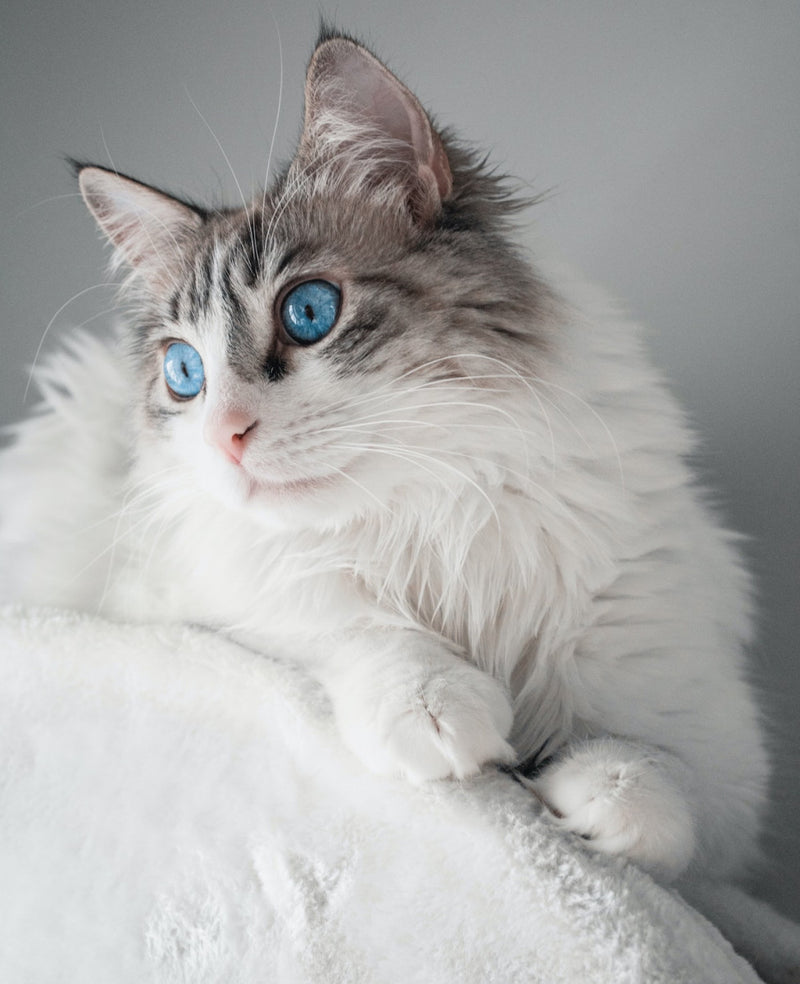
Nutrition Needs of the Birman
With its medium-length coat, the Birman is easier to groom than the Persian cat. However, during shedding season, daily brushing is necessary to prevent matting and excessive hair ingestion by your cat.
The Birman is predisposed to hereditary kidney dysfunction. Therefore, it is essential to choose a diet that supports kidney function and pay special attention to phosphorus levels in its food. Contrary to what has been widely believed, protein is not the enemy of the kidneys, provided the protein is of good quality. Feel free to consult our article on kidney failure in cats, which explains the preferred diet for kidney health.
If you suspect your cat may have kidney failure, do not hesitate to consult your veterinarian, who can perform thorough tests and prescribe suitable veterinary food.
For more information, feel free to check out our article on the ideal diet for the Birman cat.

Nutrition Needs of the Sphynx
Due to the complete lack of fur on its body, the Sphynx uses more energy to regulate its body temperature than other cats. It must consume a diet that meets its nutritional needs and keeps it satisfied. You can offer it a mixed diet, with both wet food and dry food.
As with other cats, it is important to follow a gradual dietary transition to avoid upsetting its digestive system, which can sometimes be sensitive.
For more information, feel free to consult our article on the feeding your Sphynx cat.



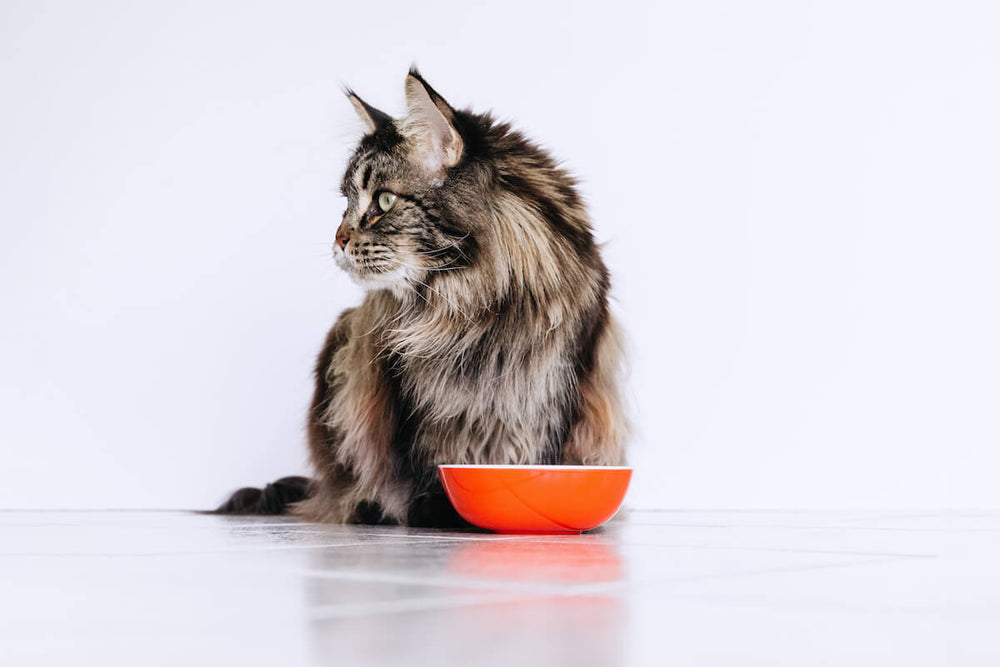
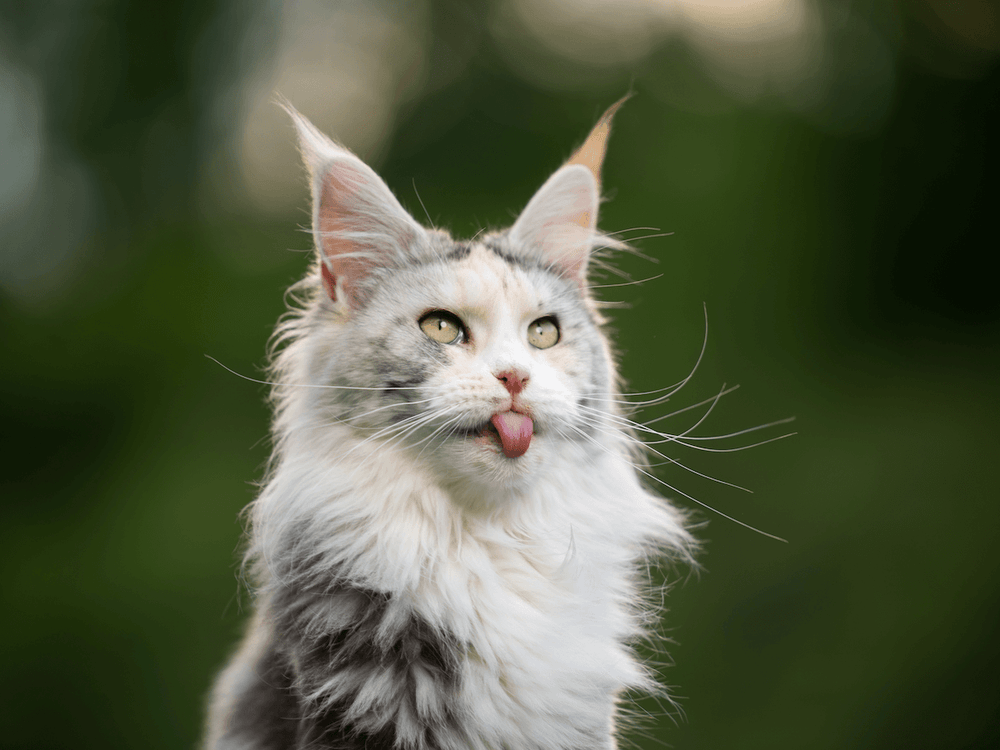
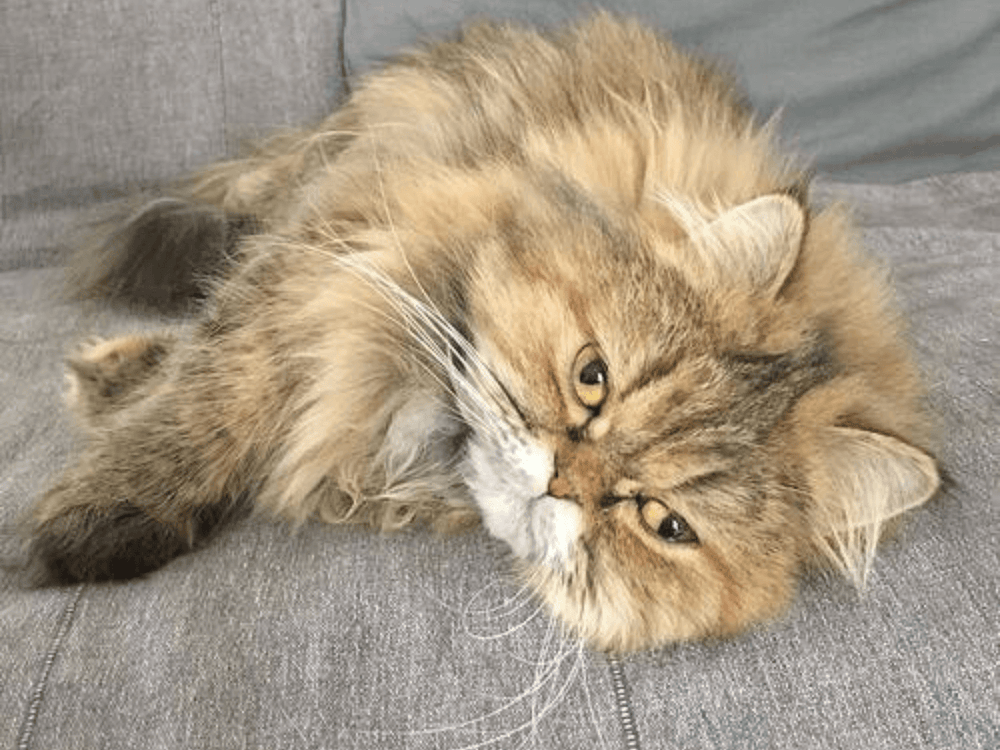
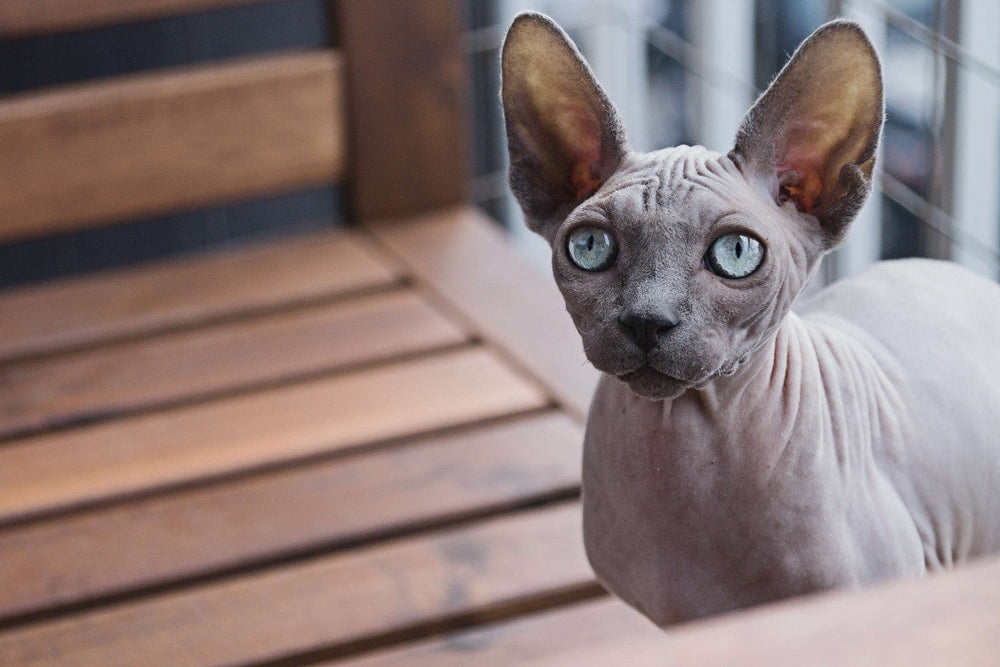
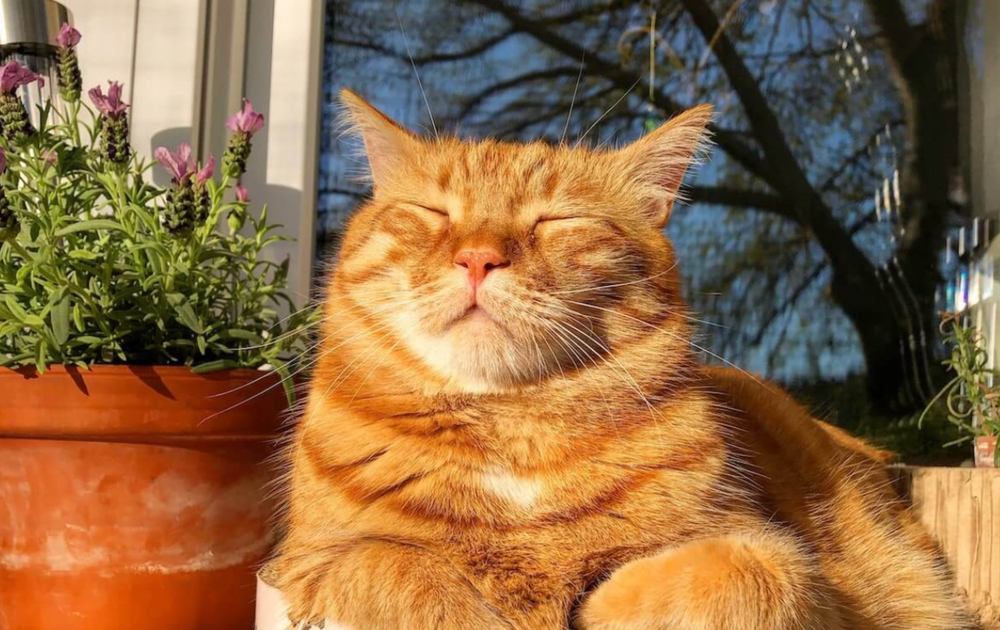
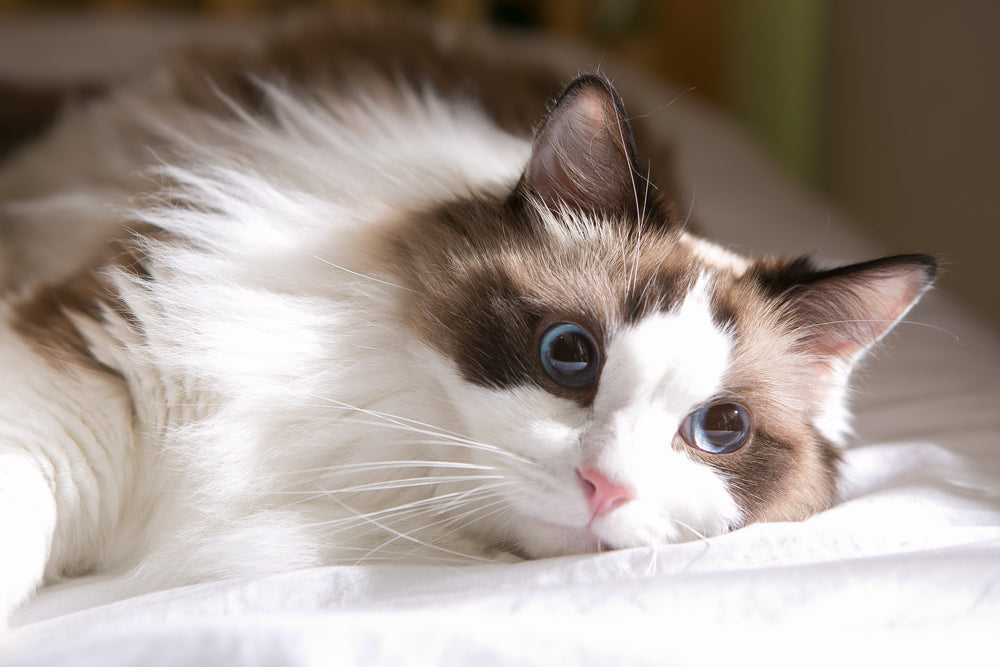
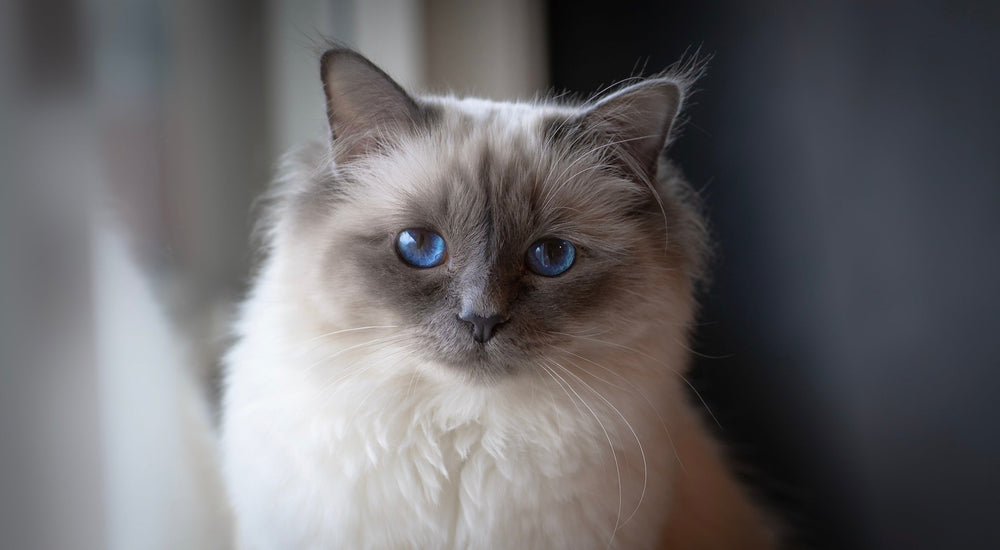
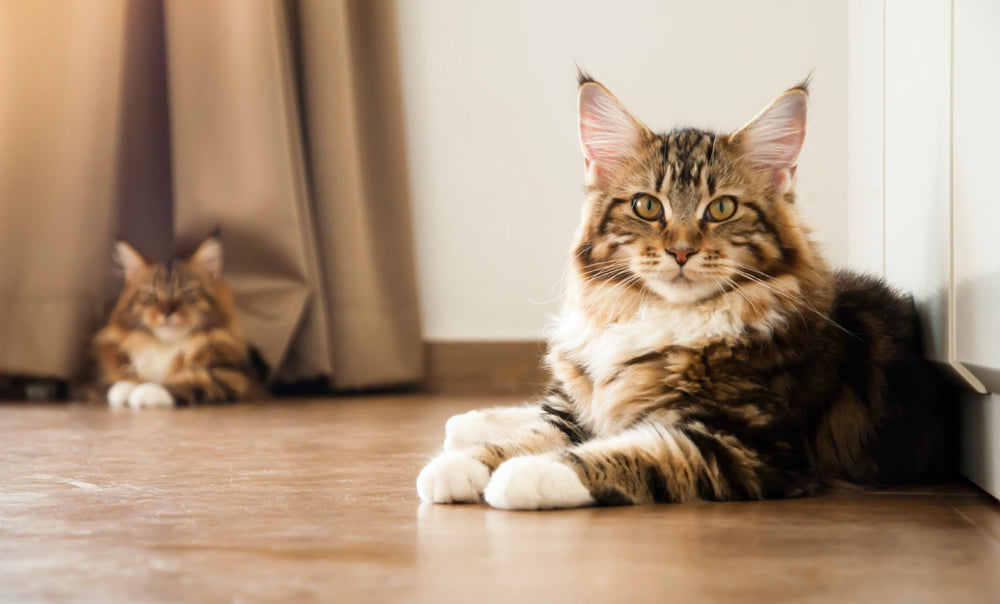
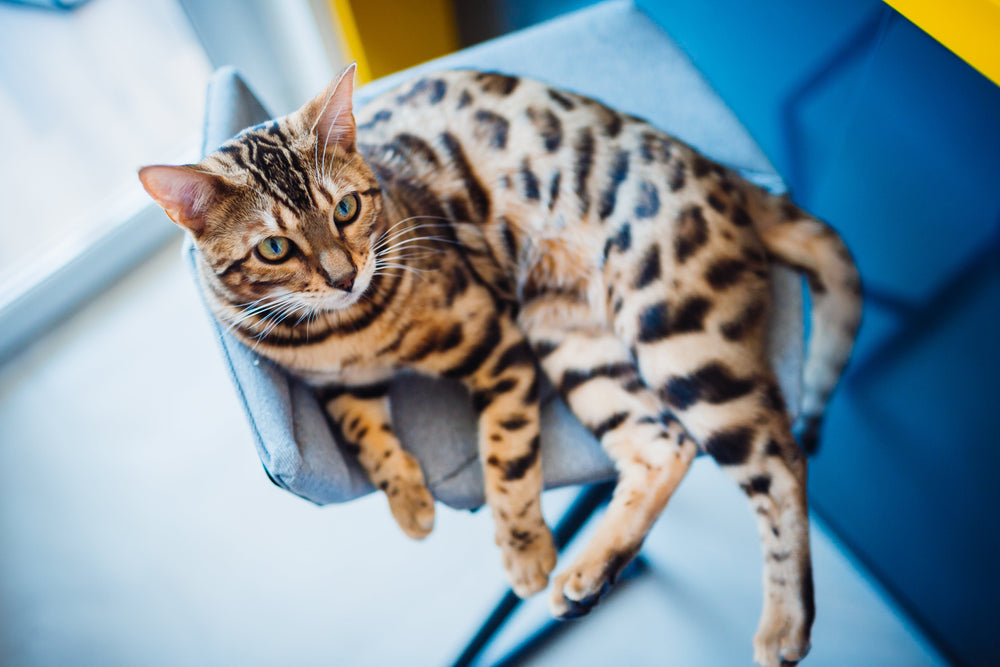
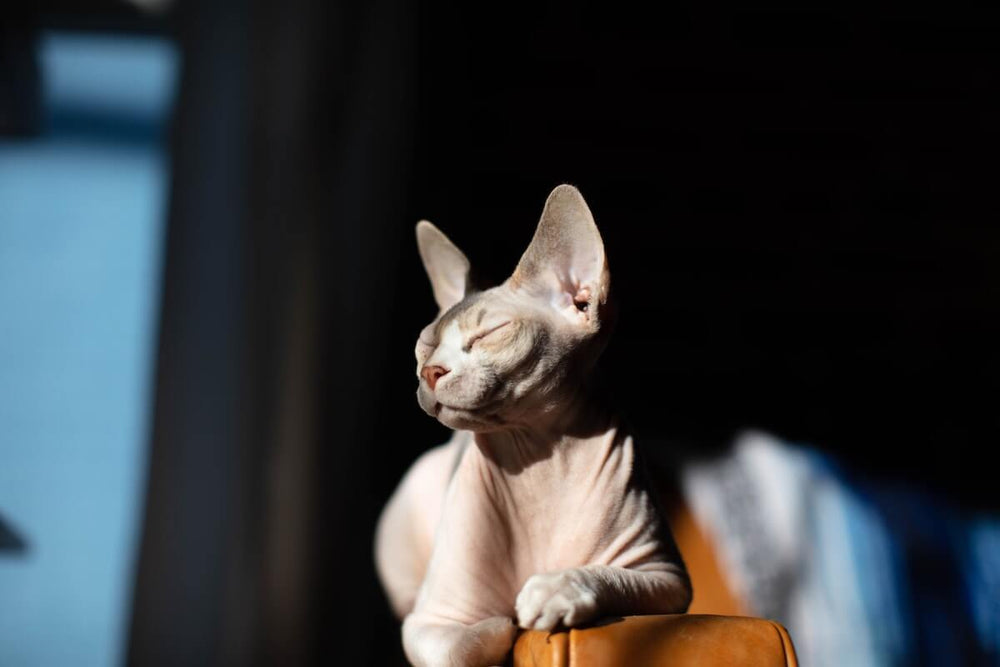
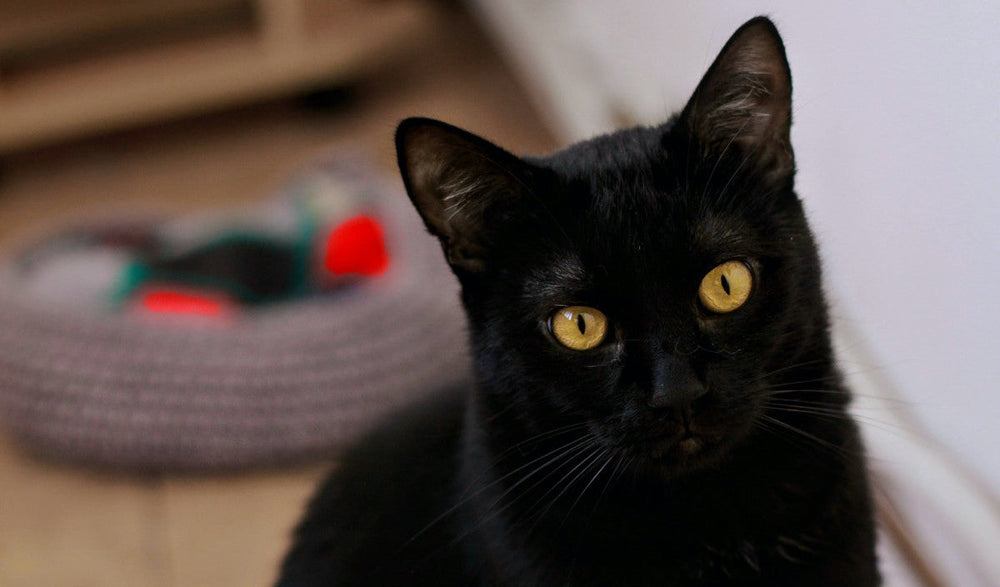
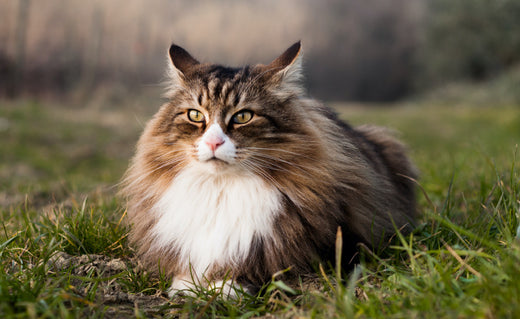
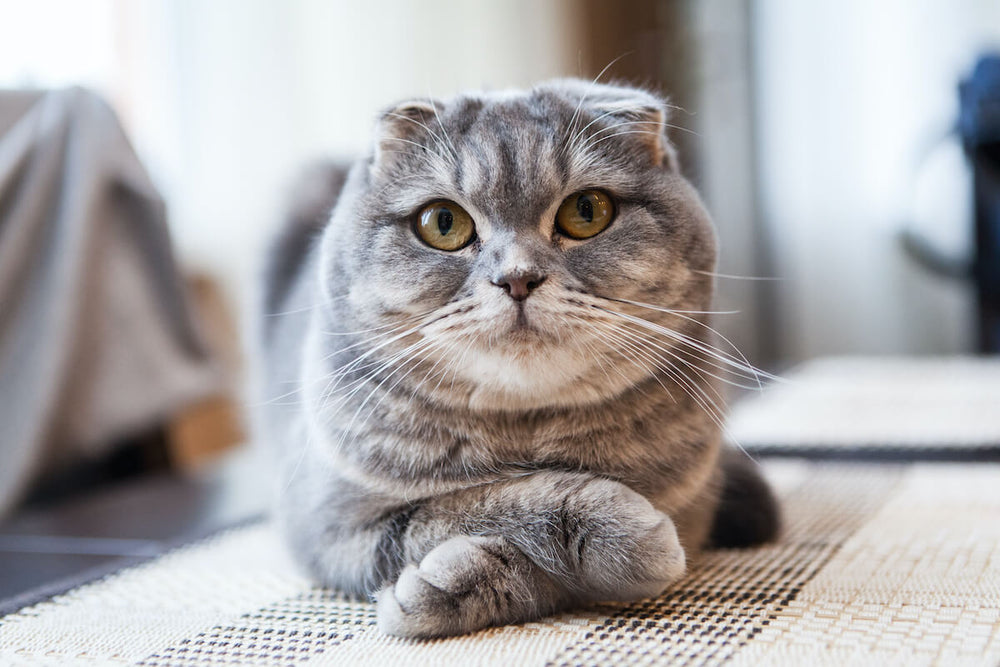
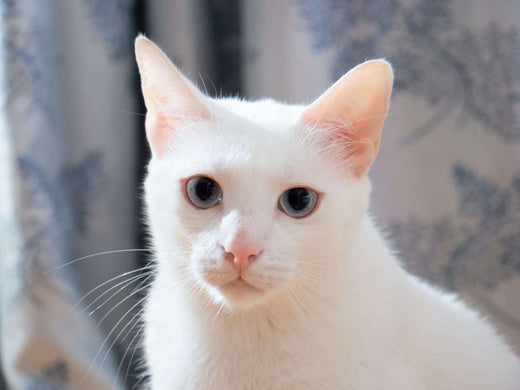
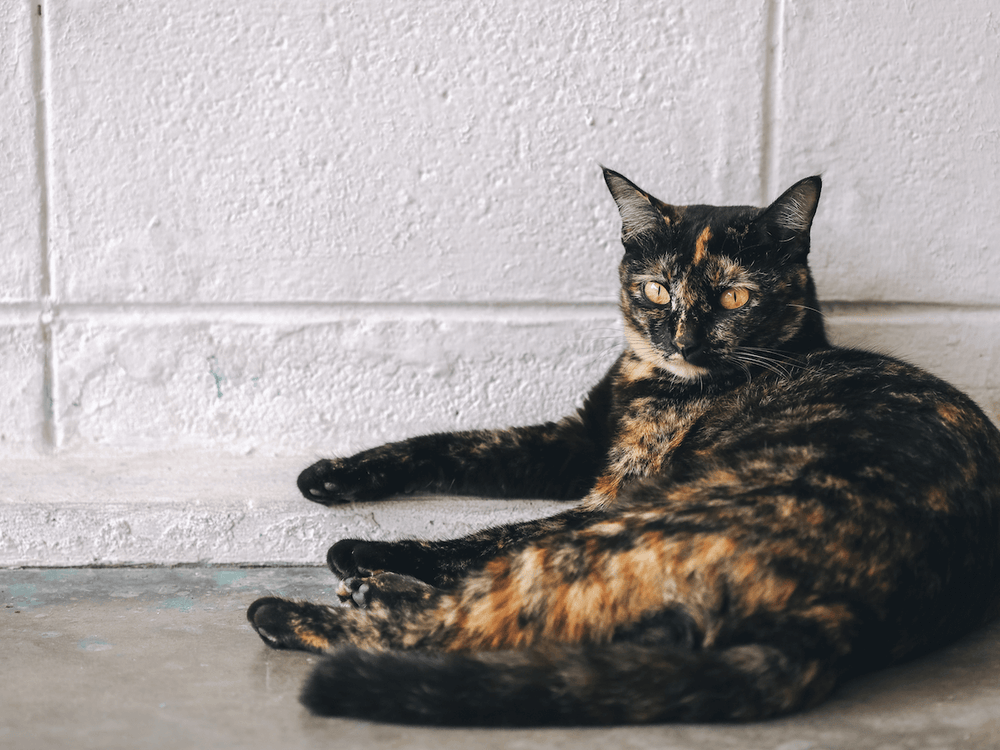
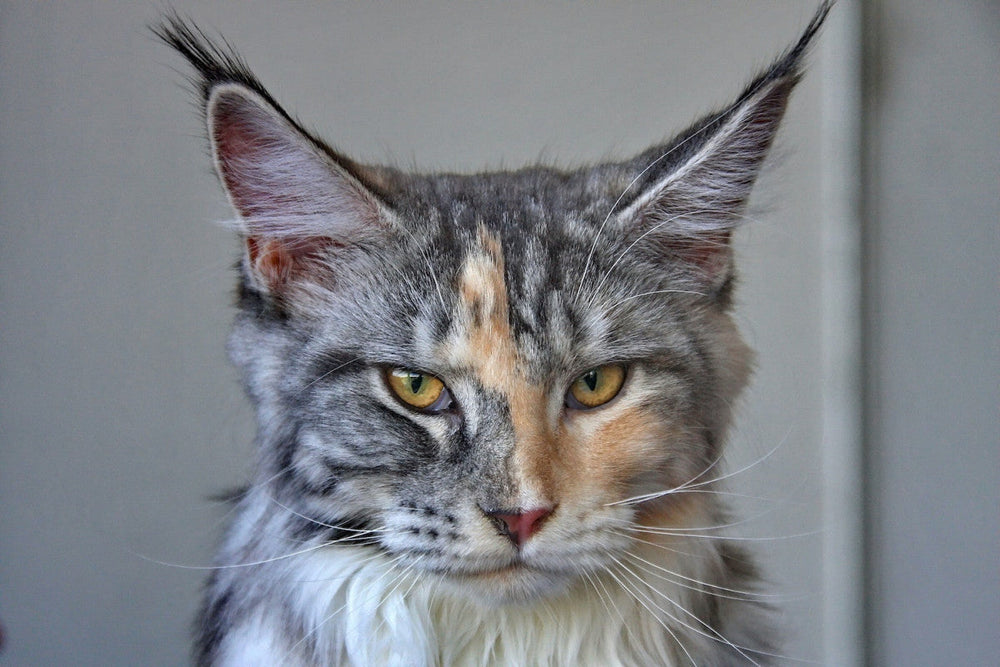

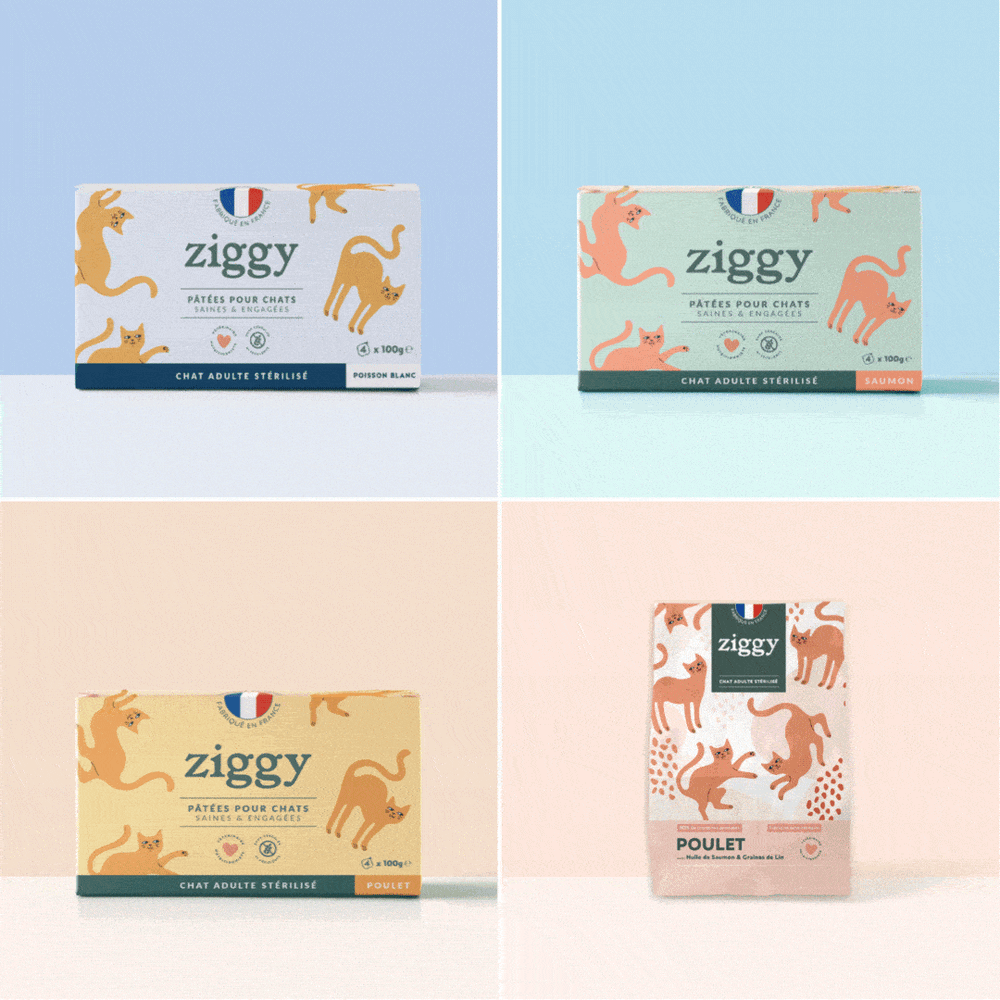
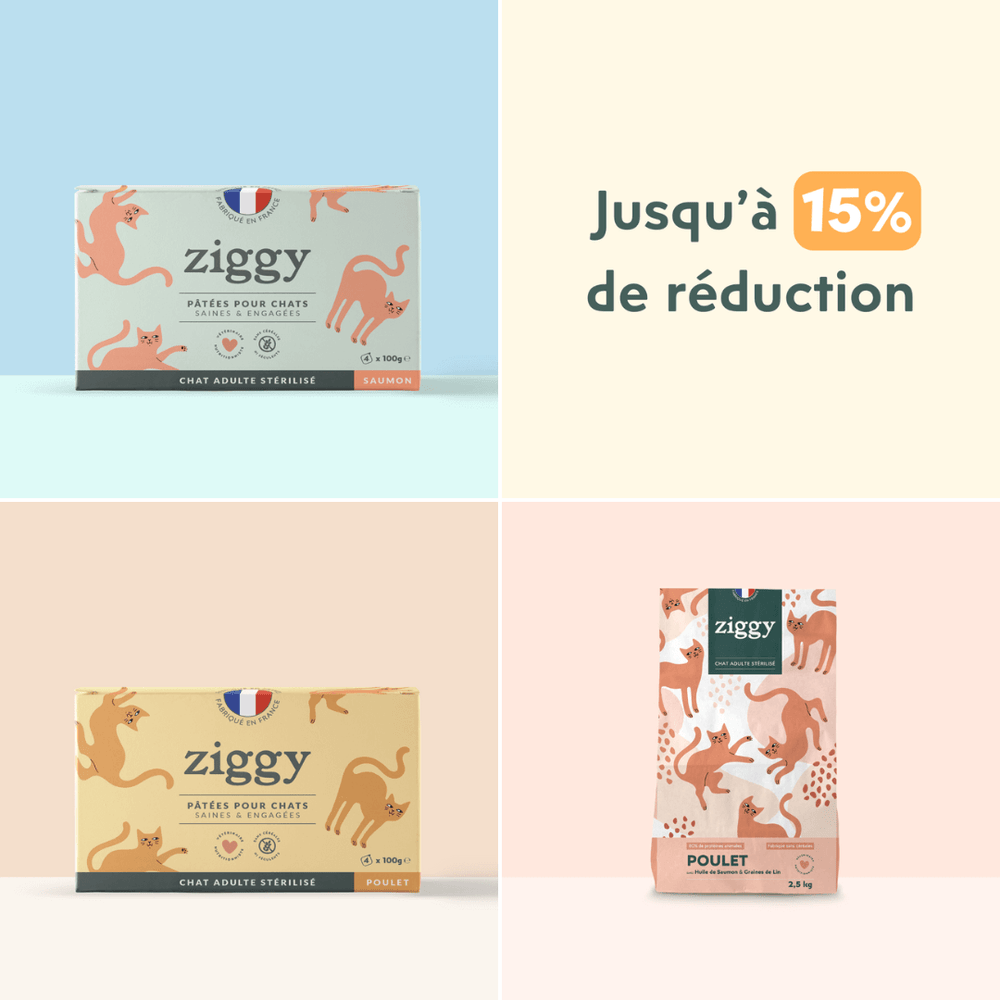
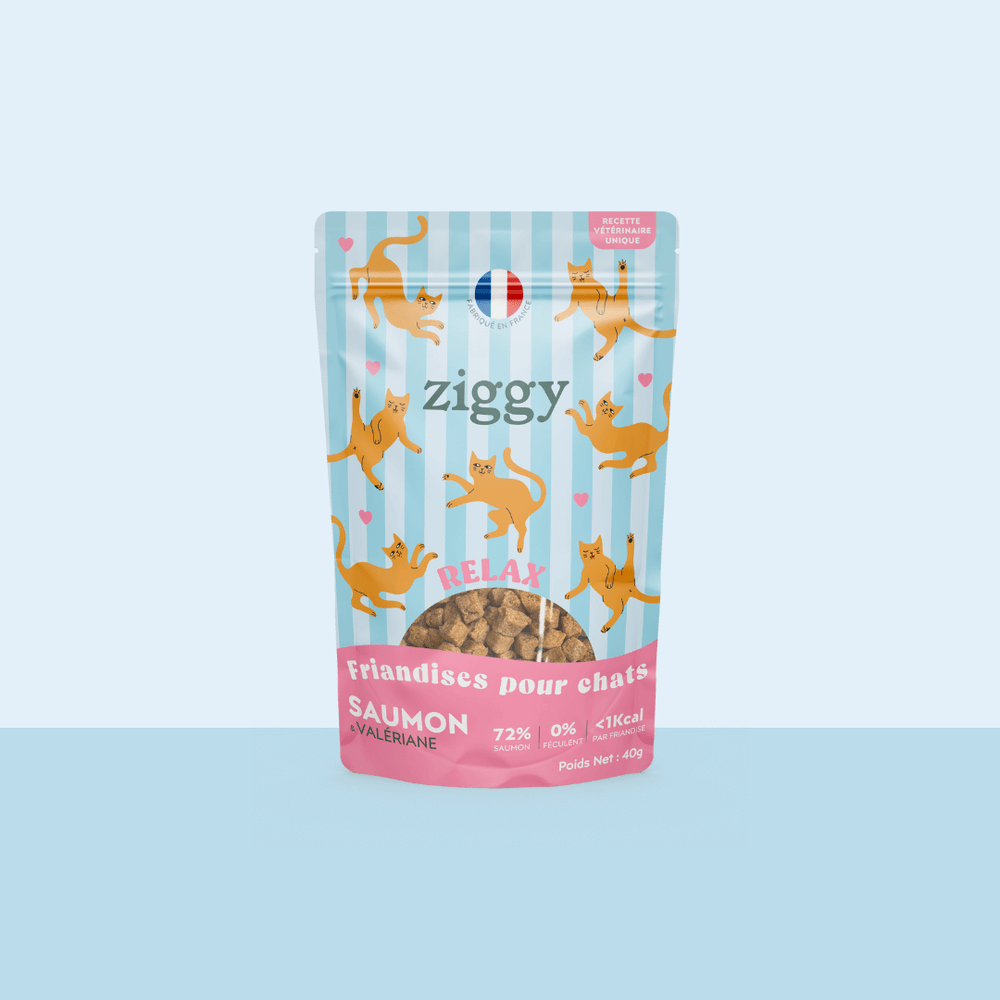
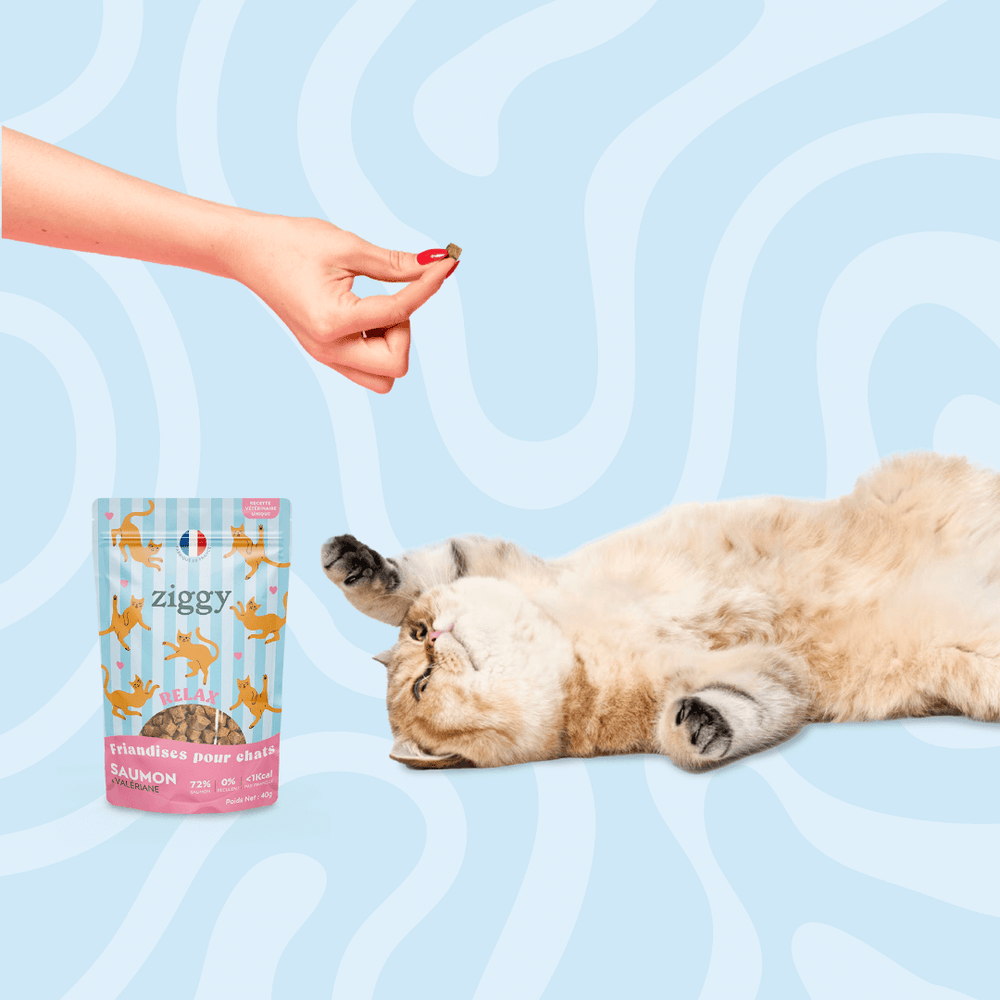
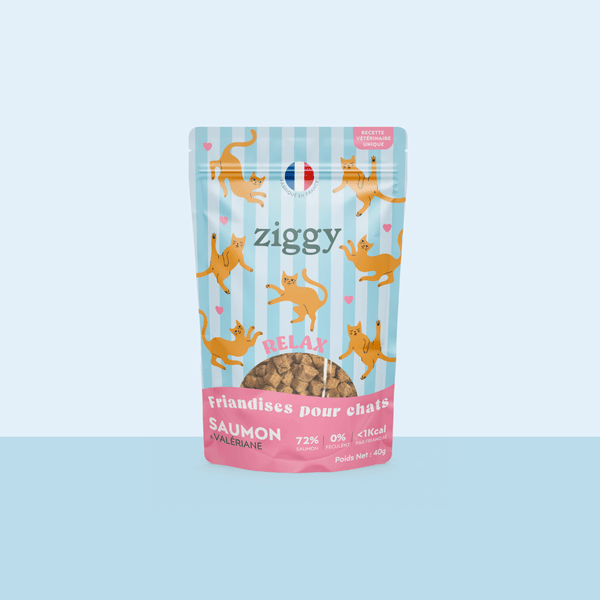
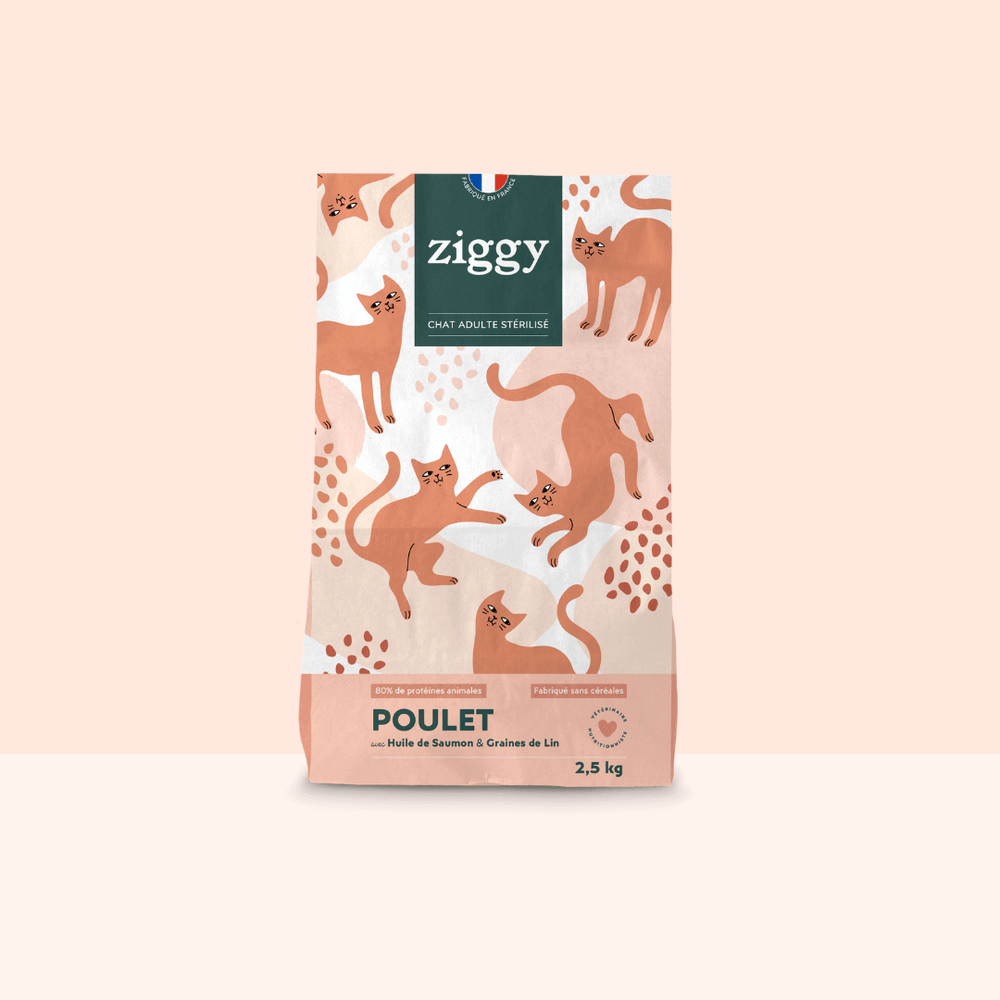
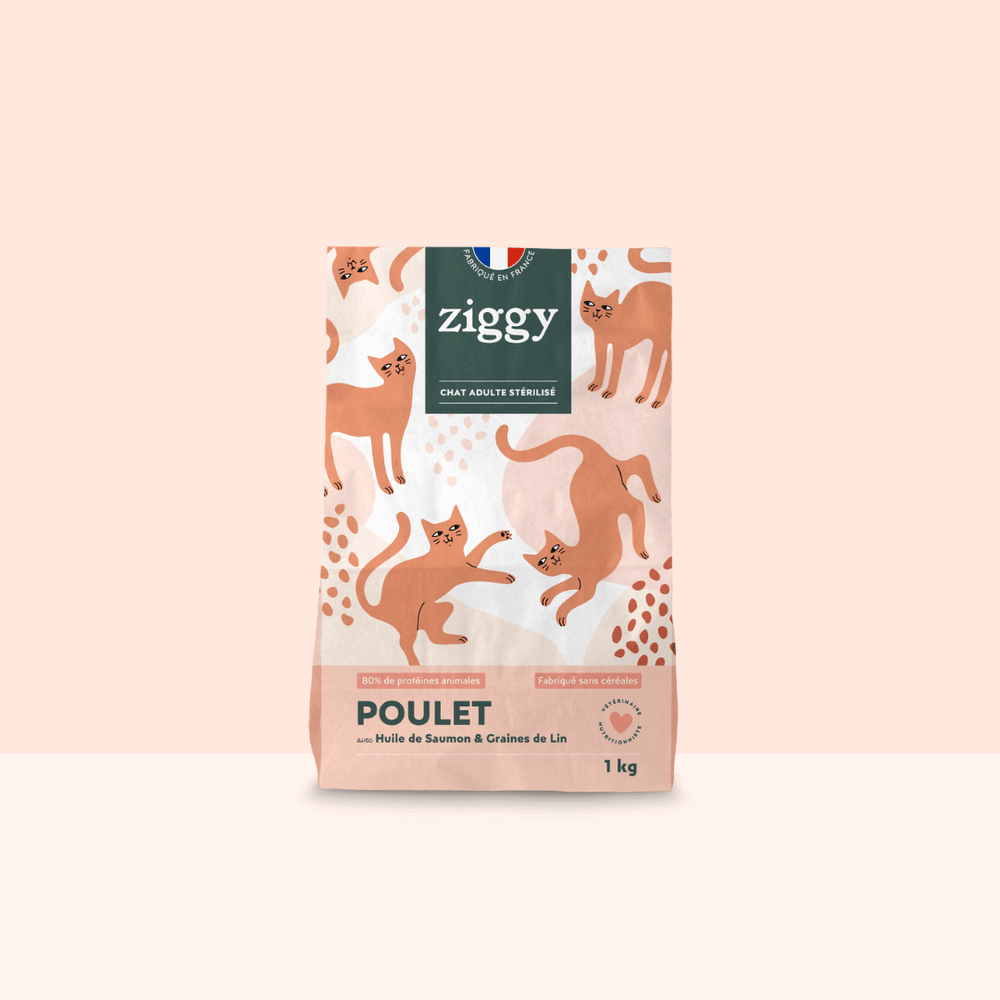
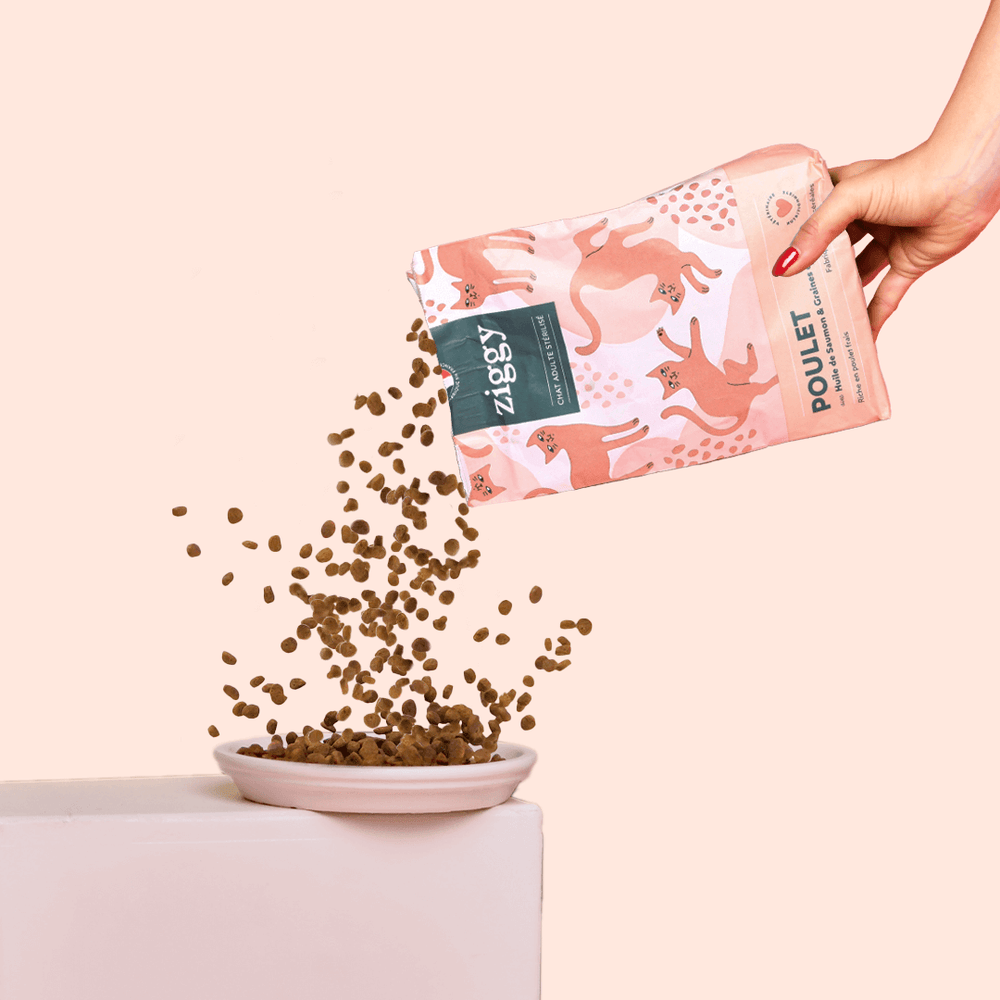
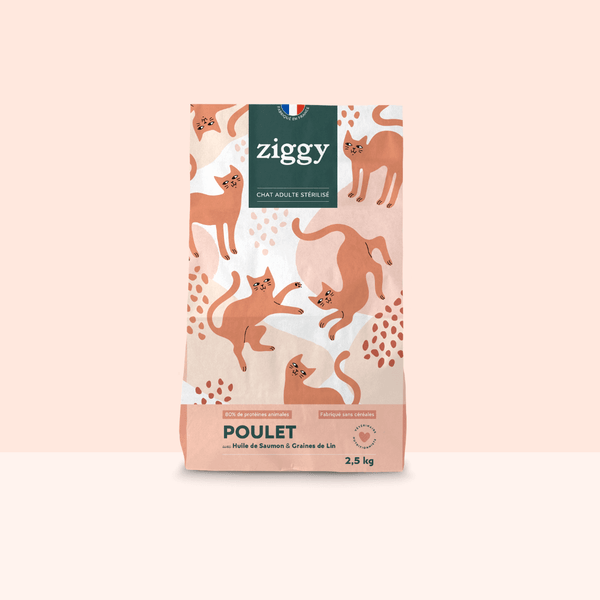
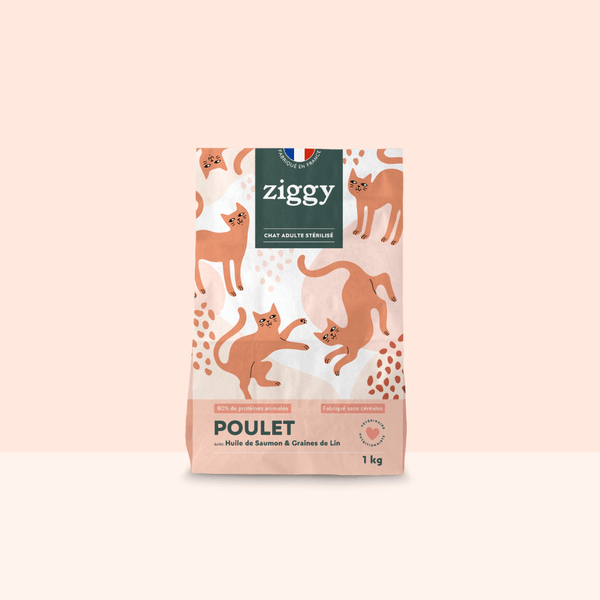
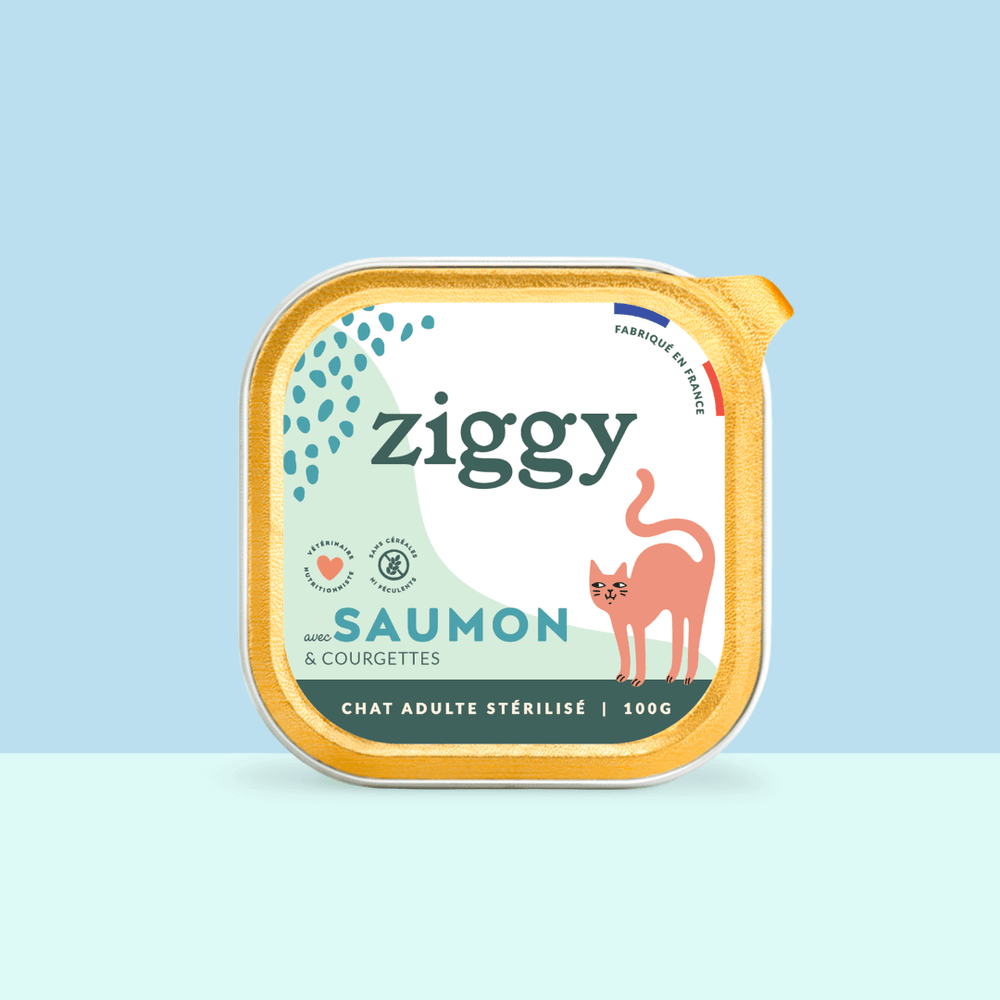
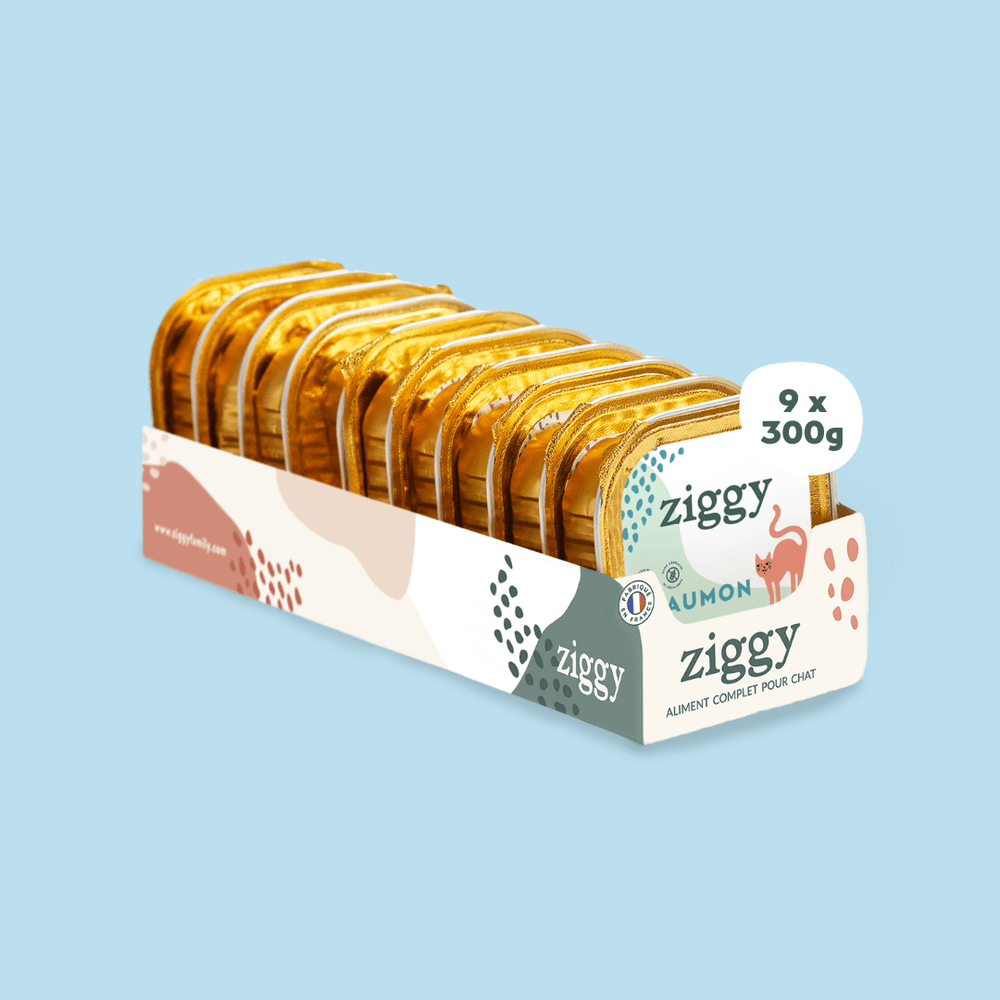
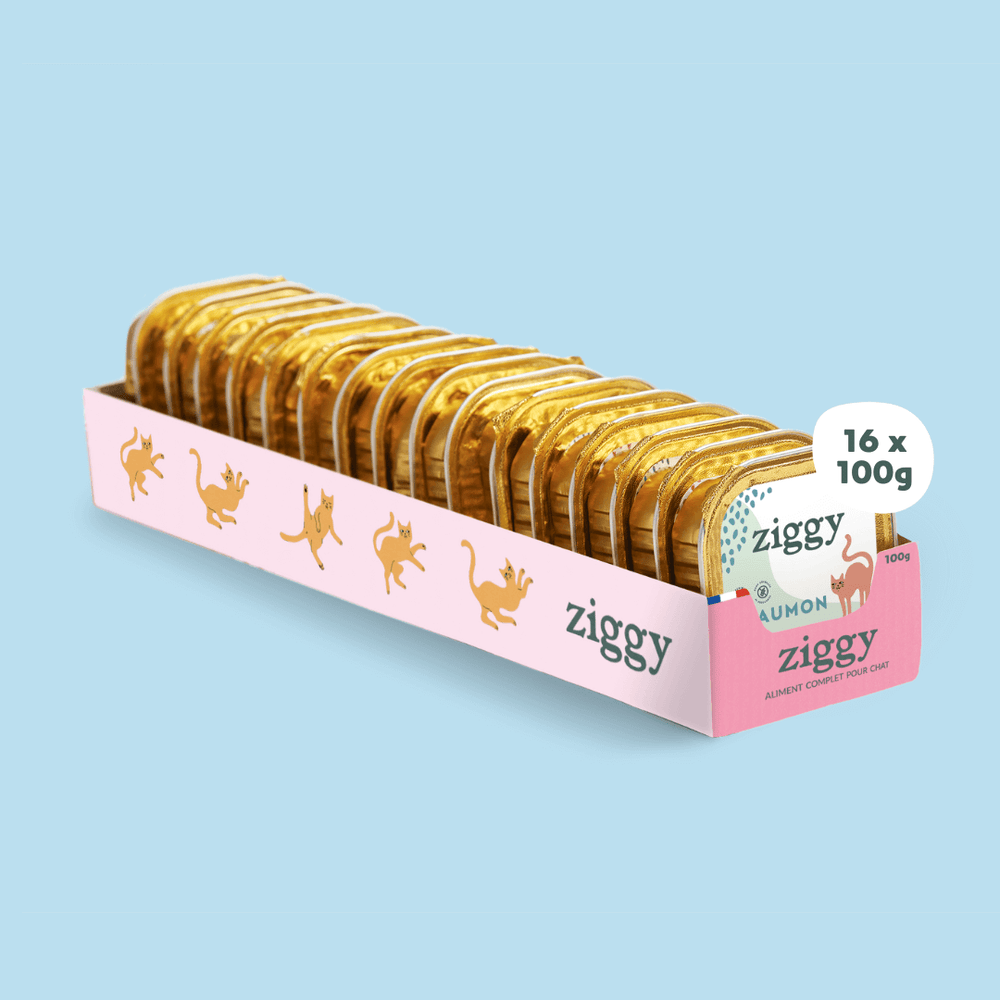
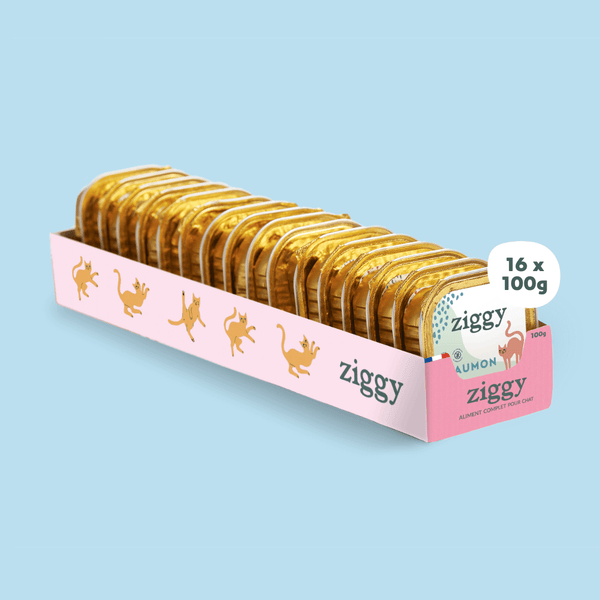
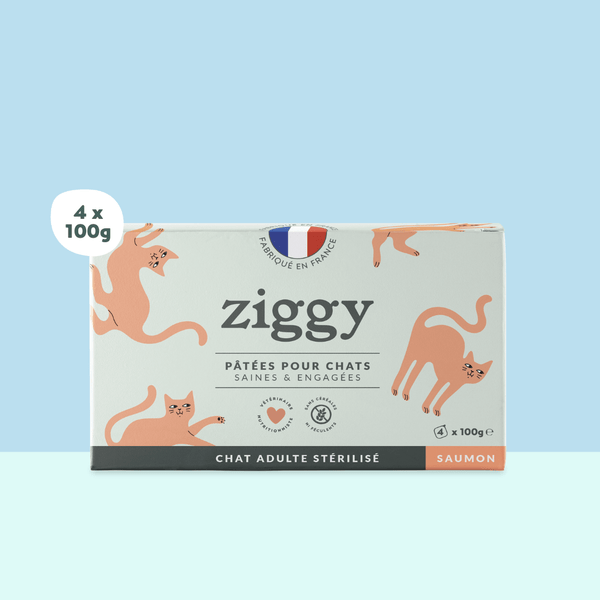
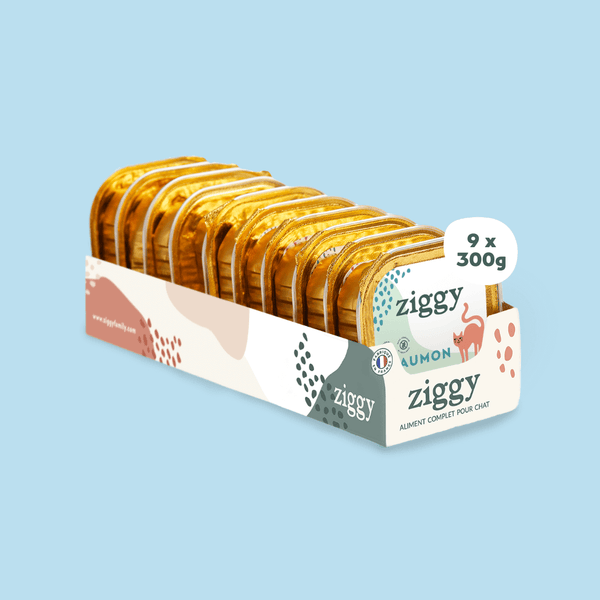


Leave a comment